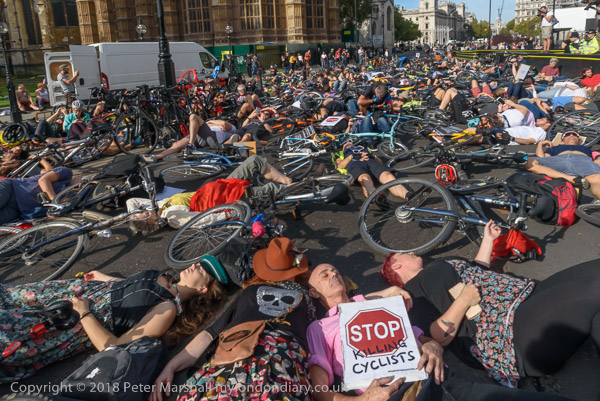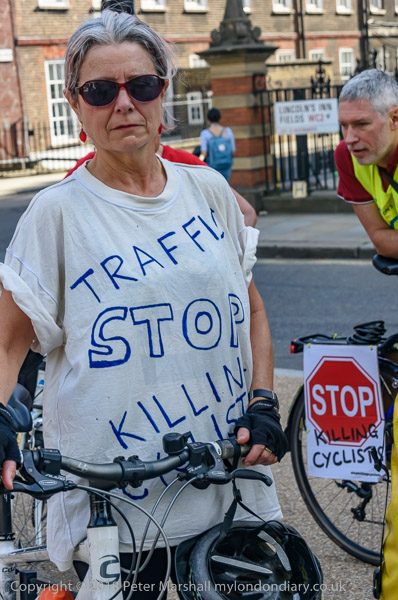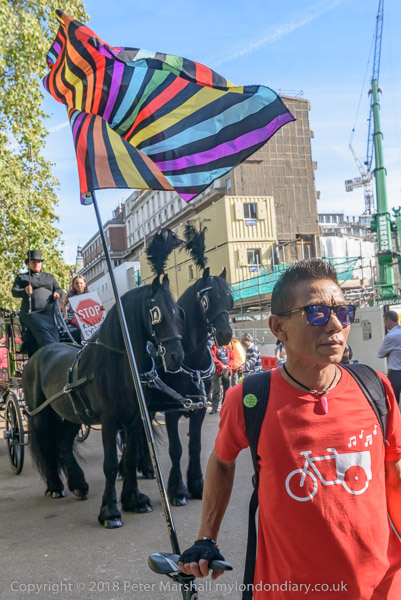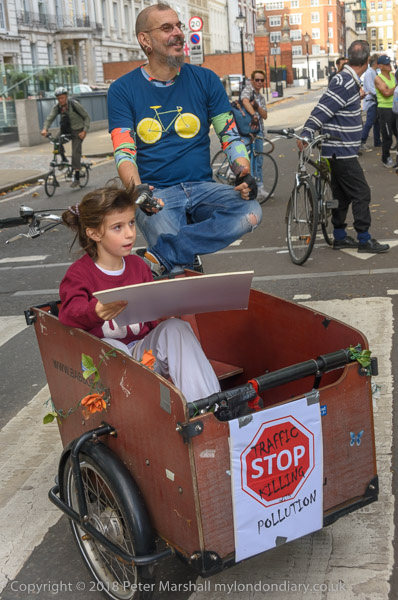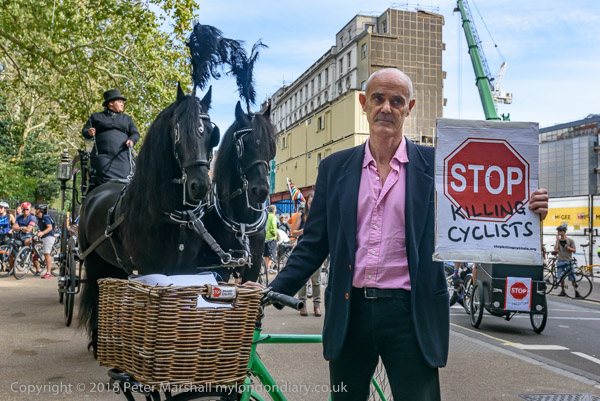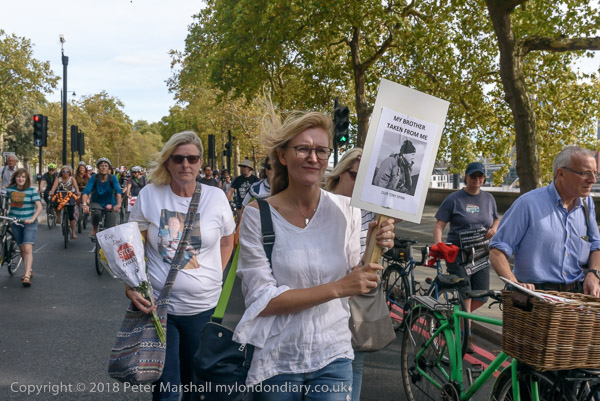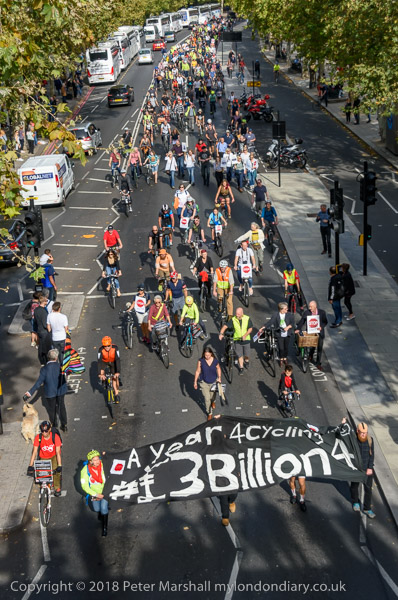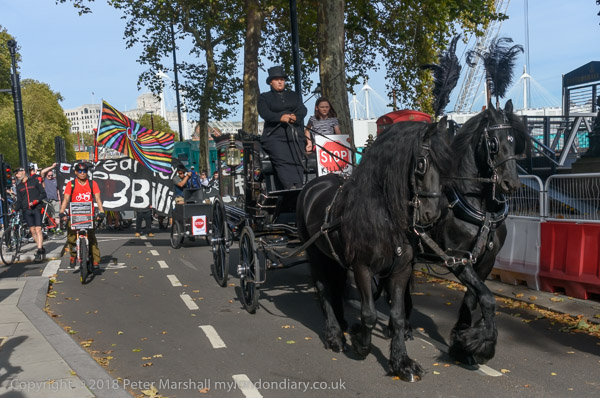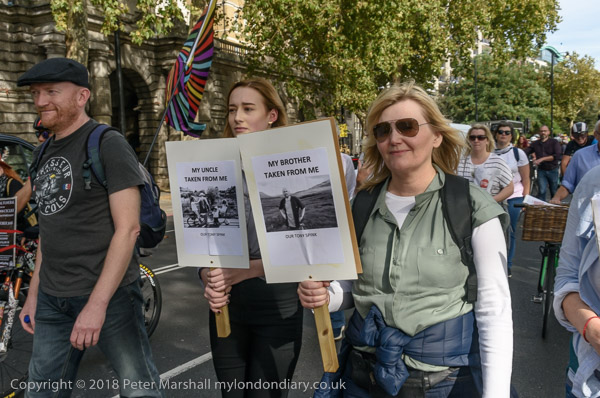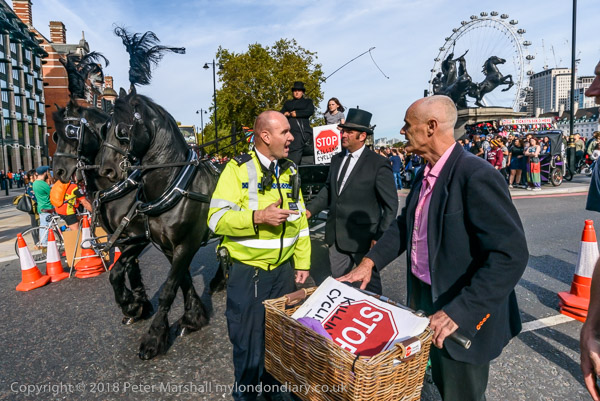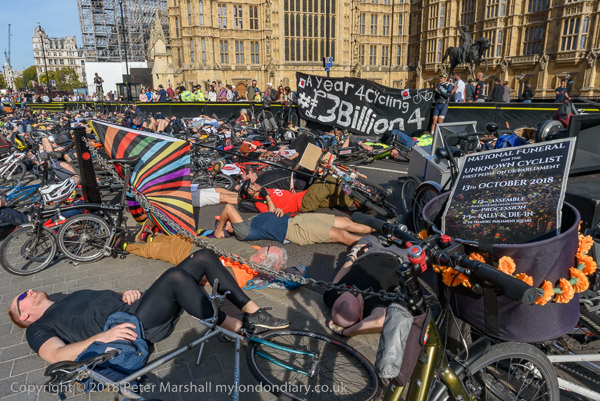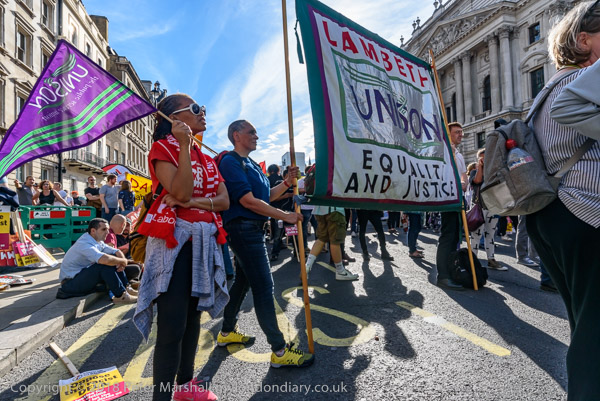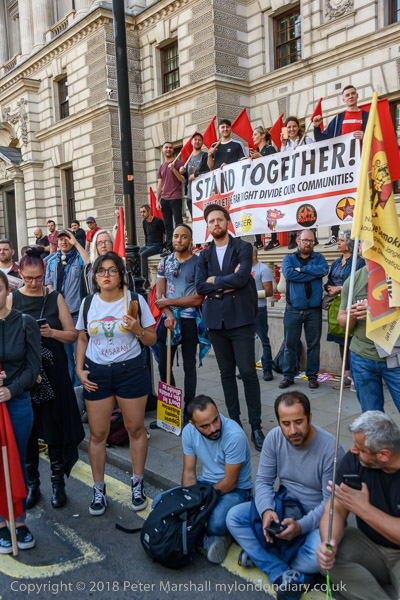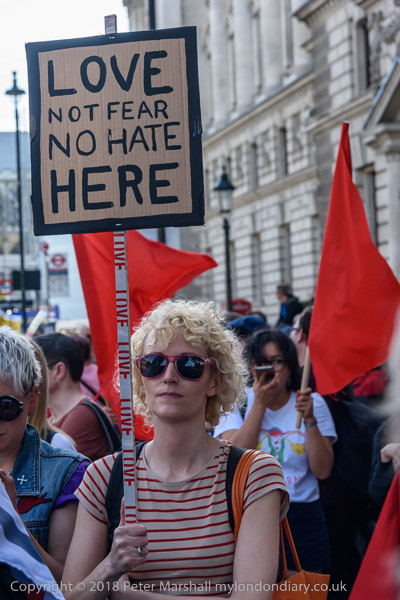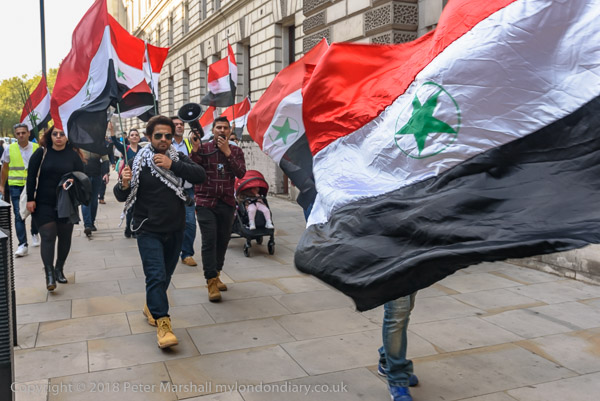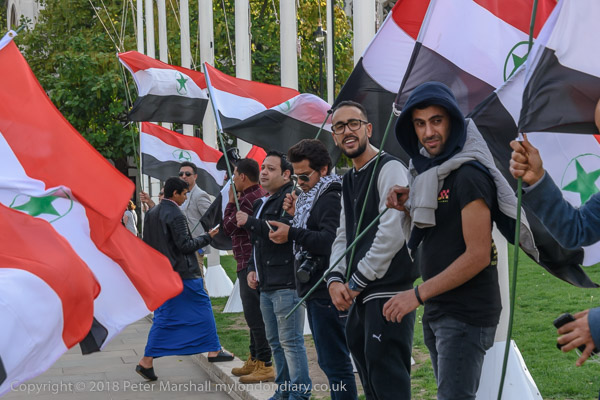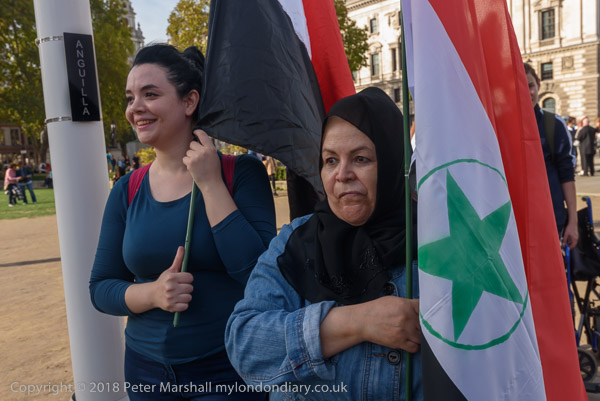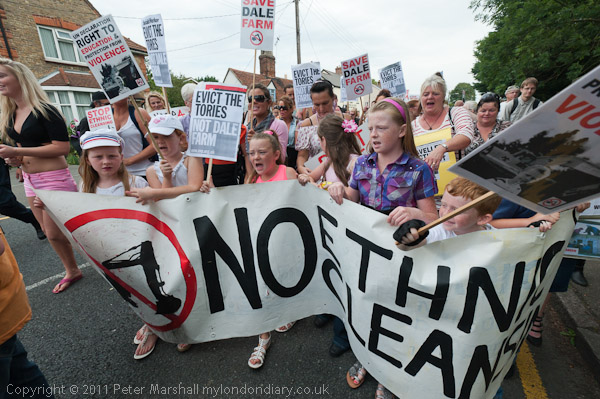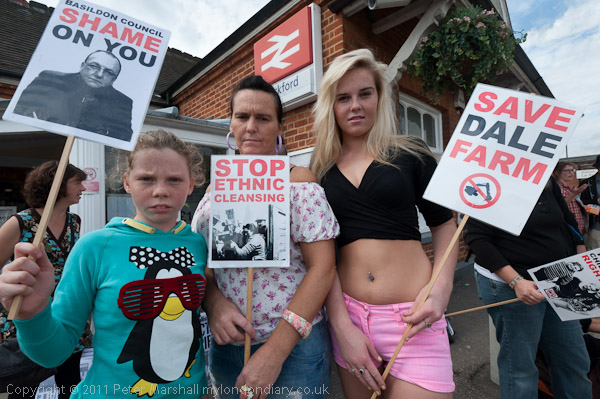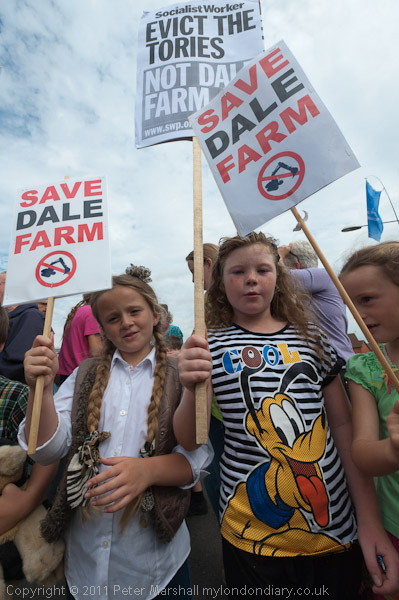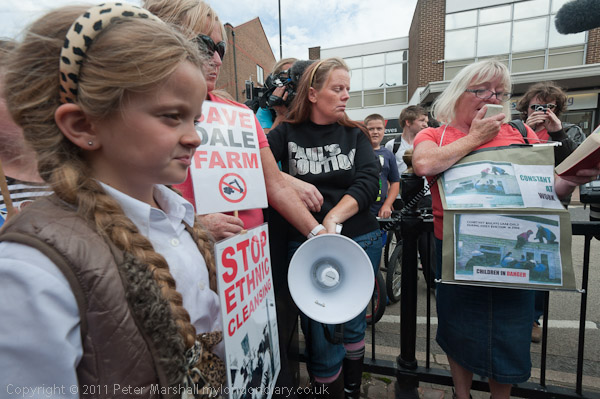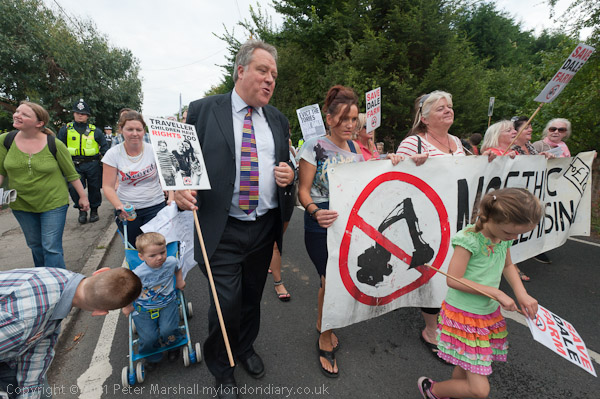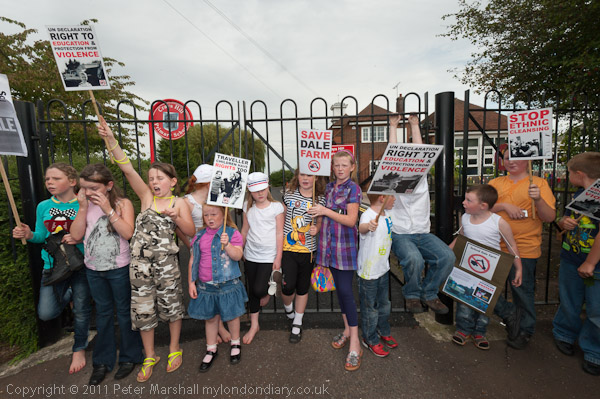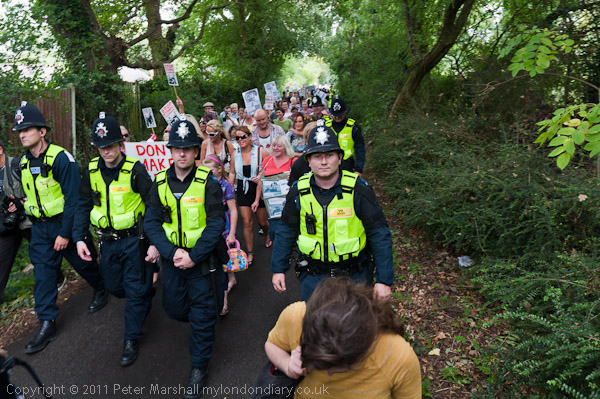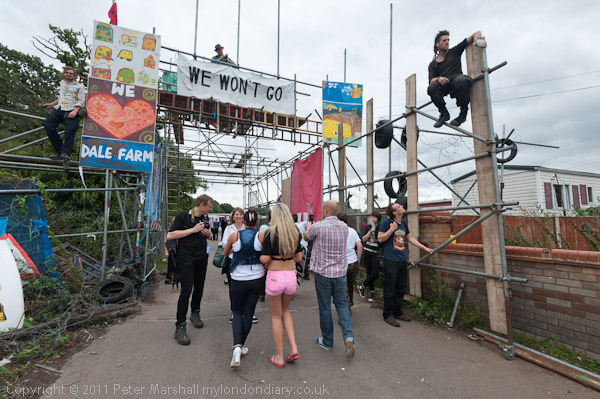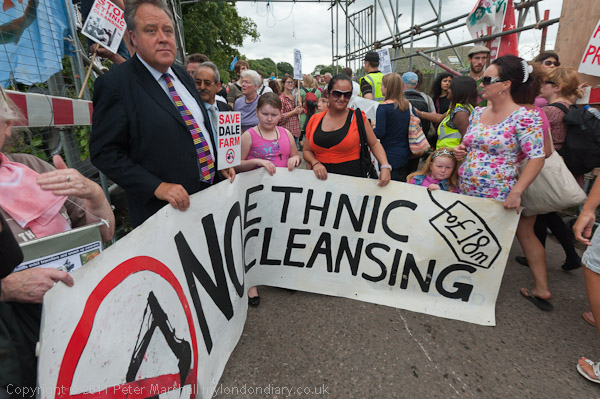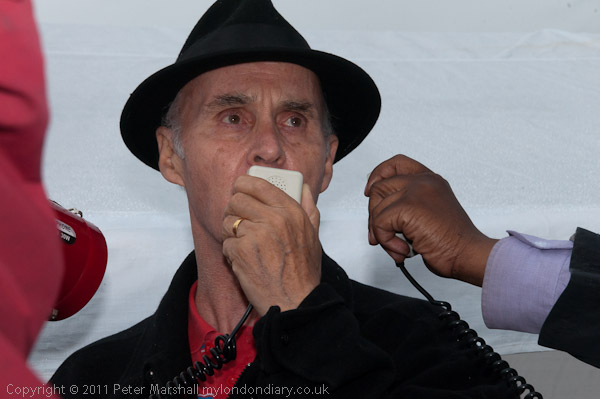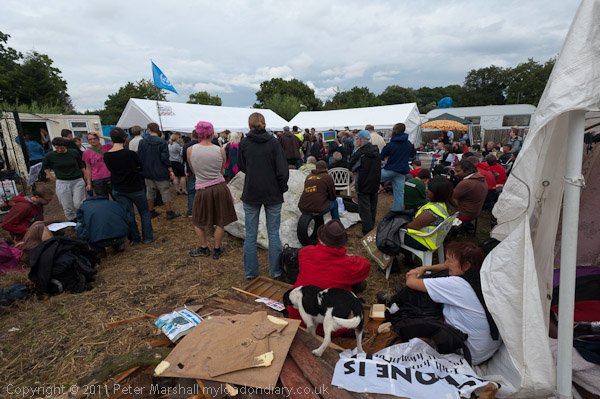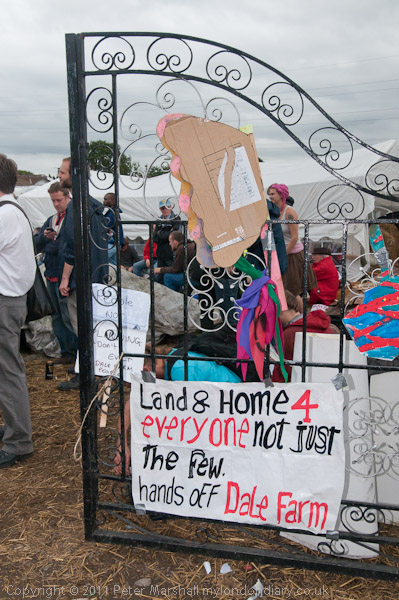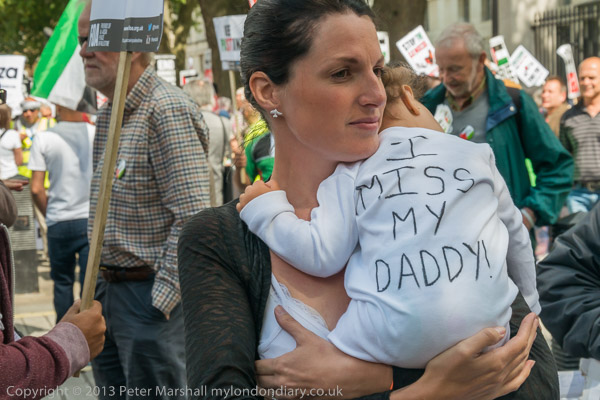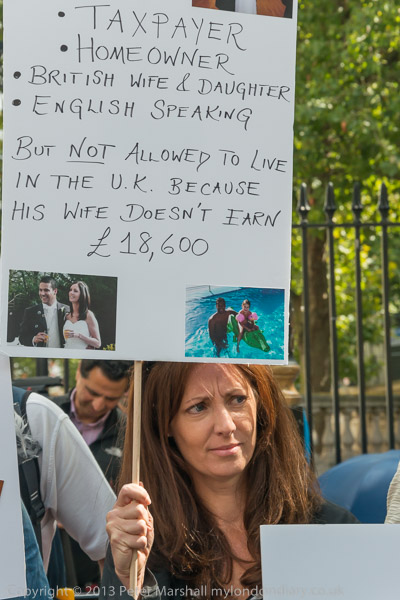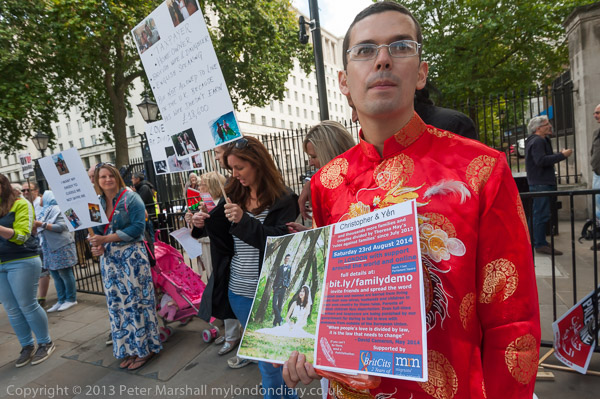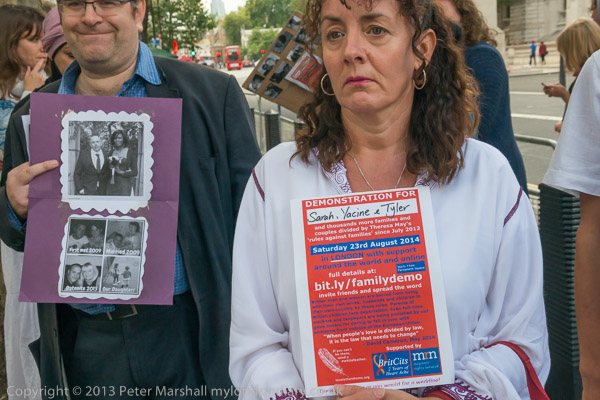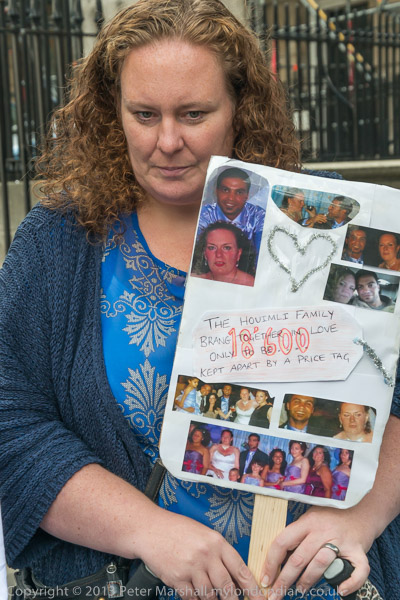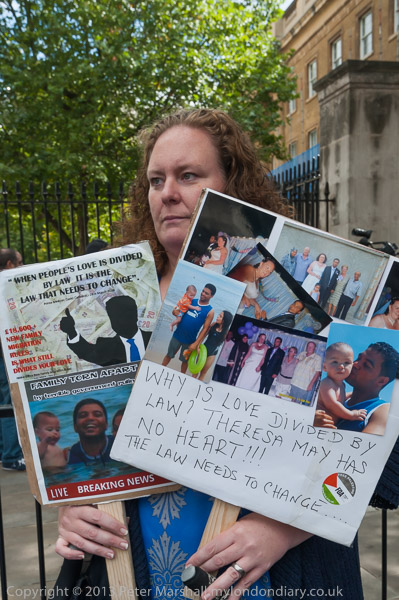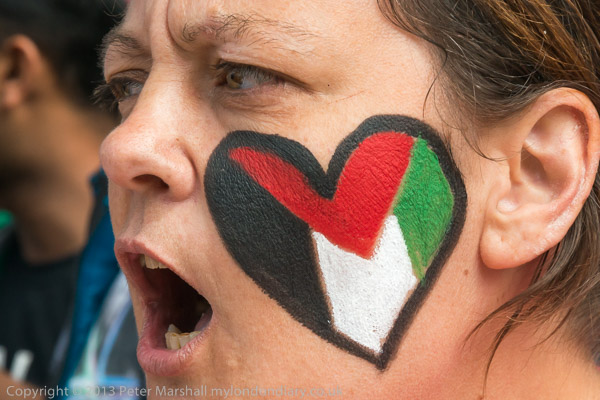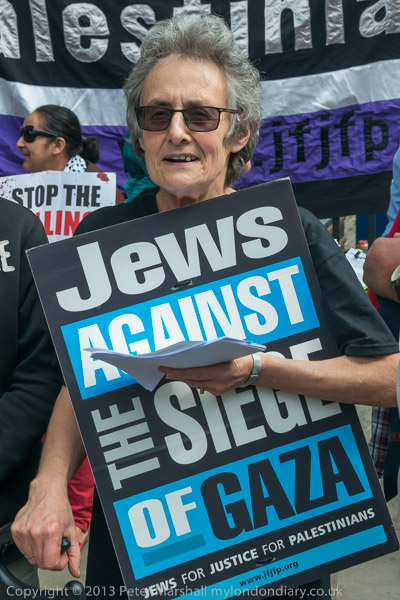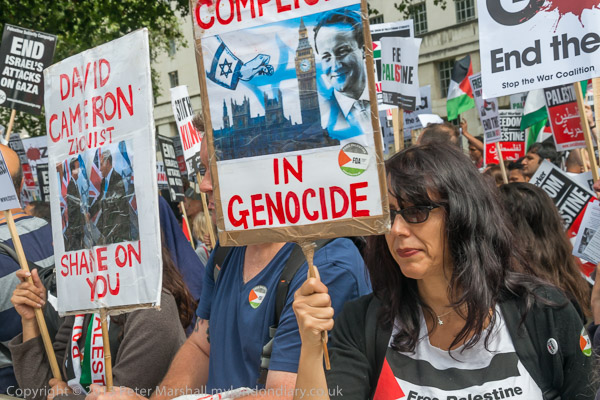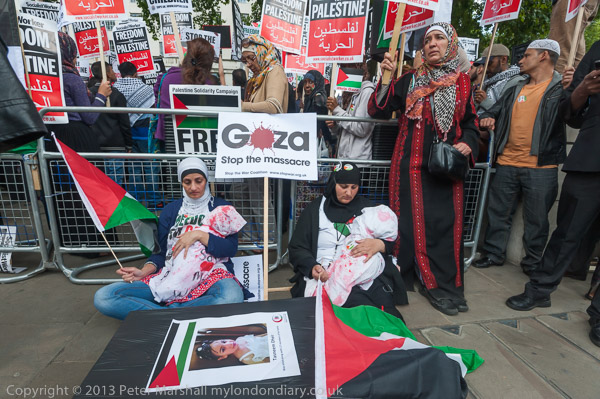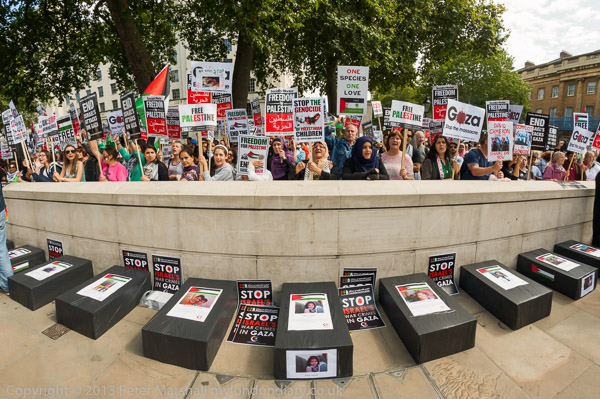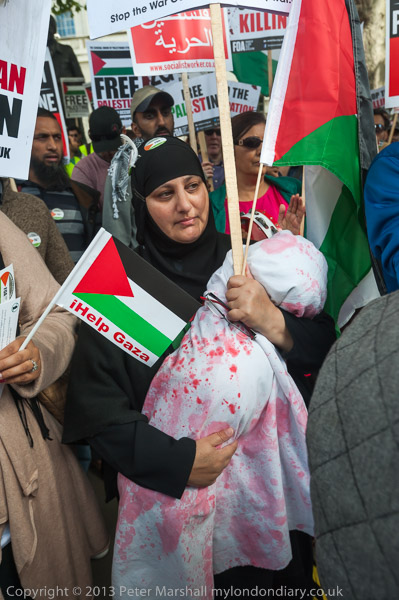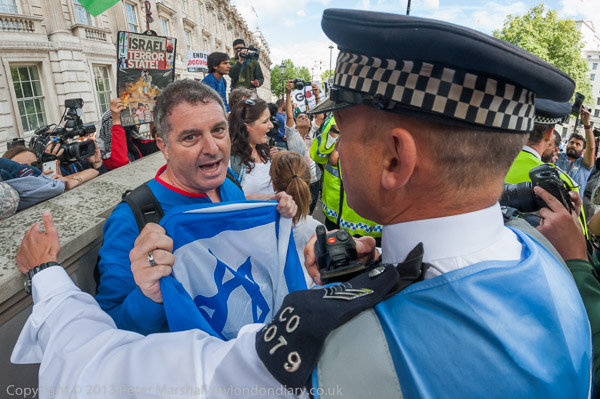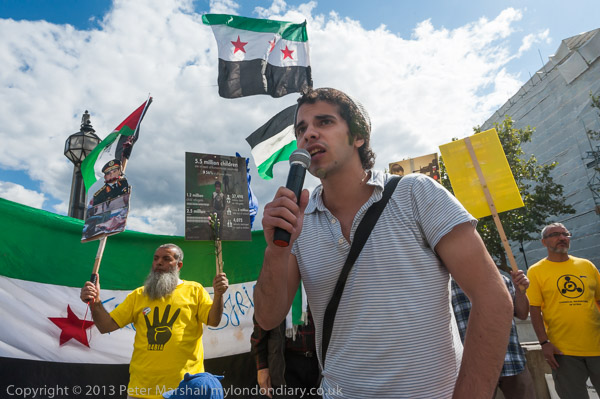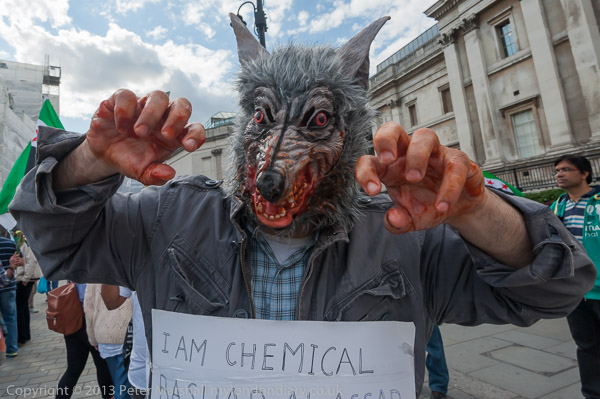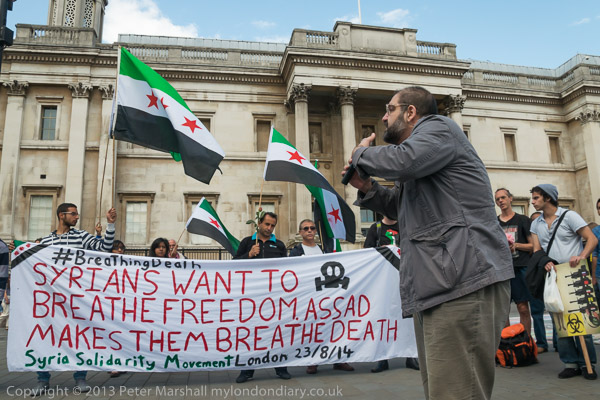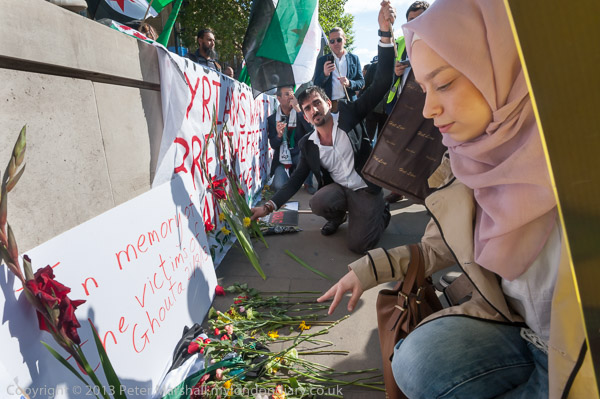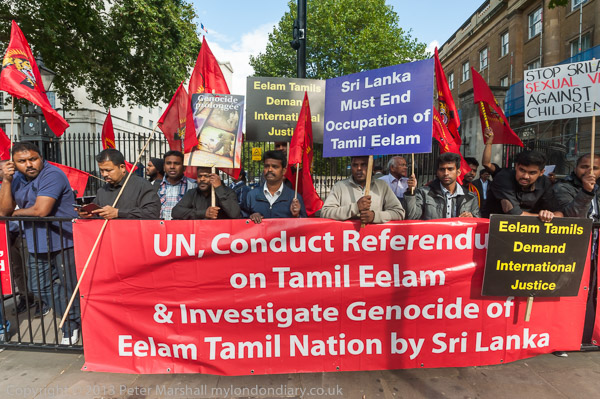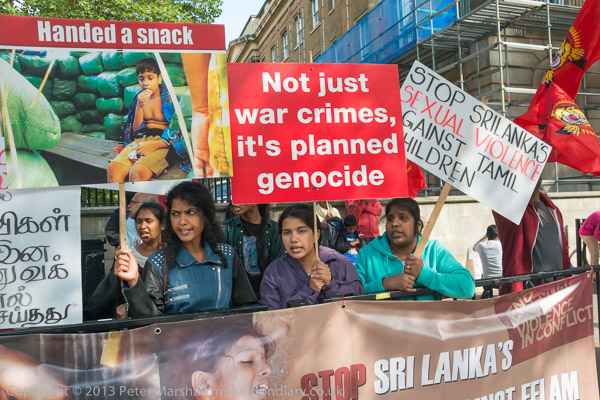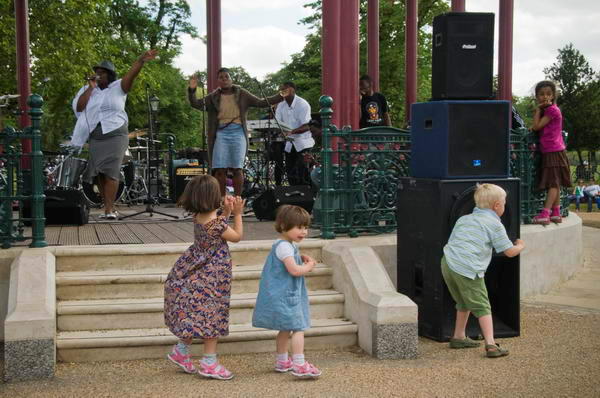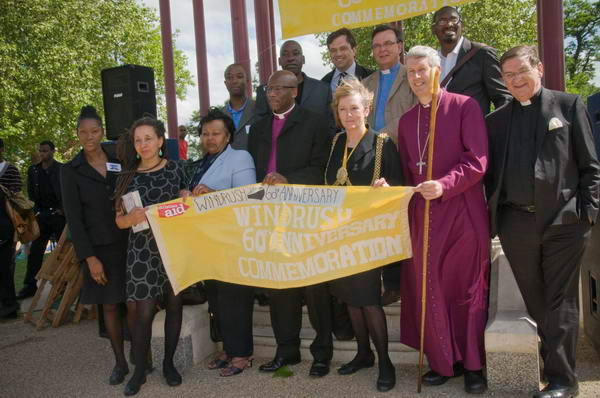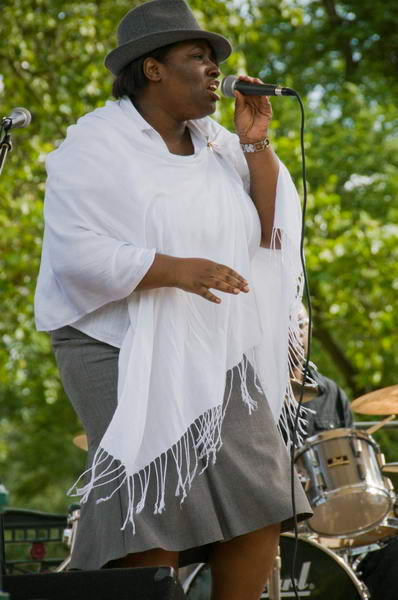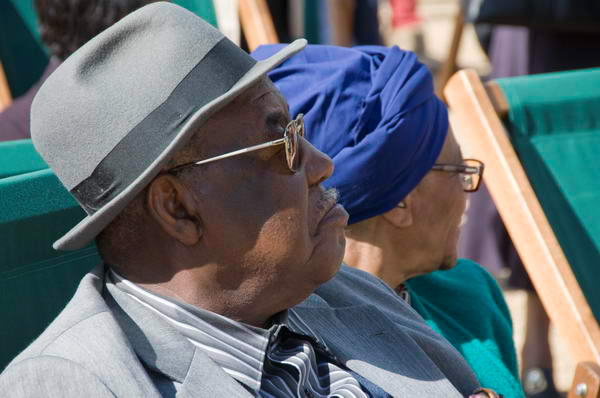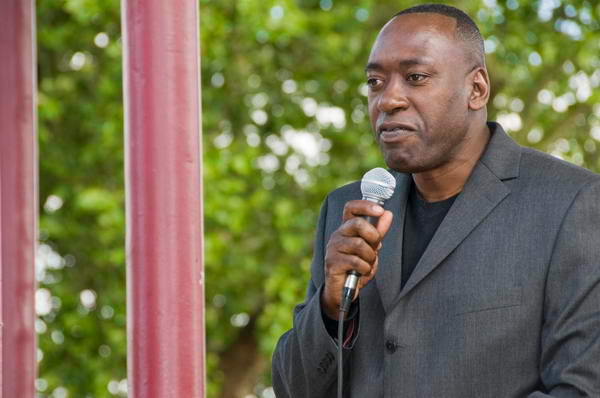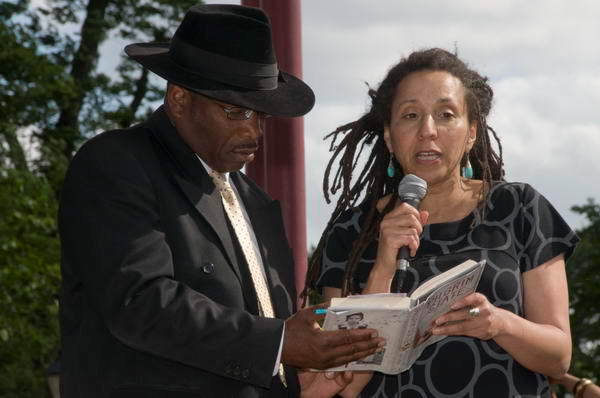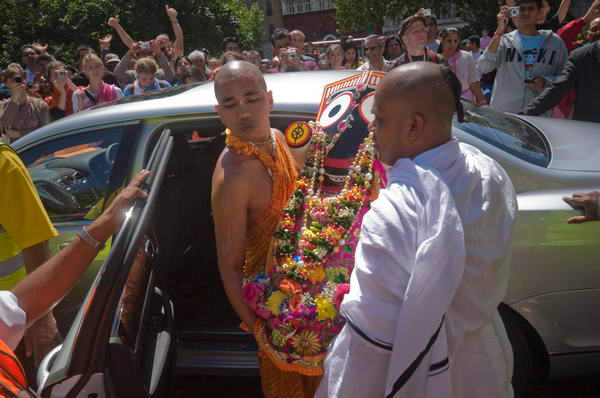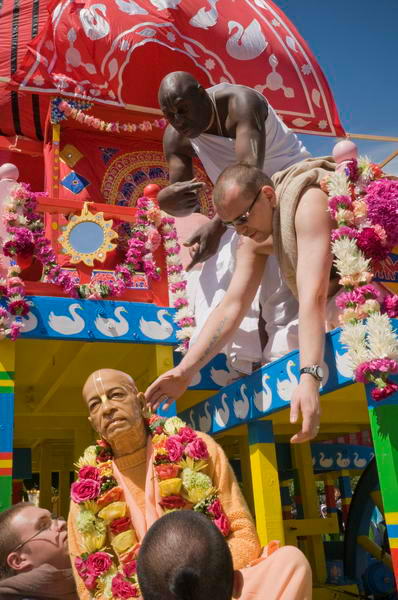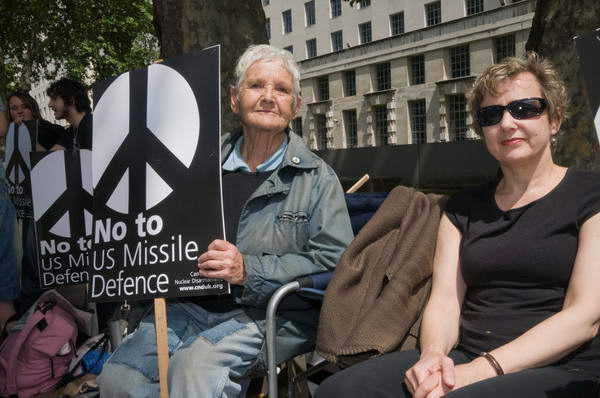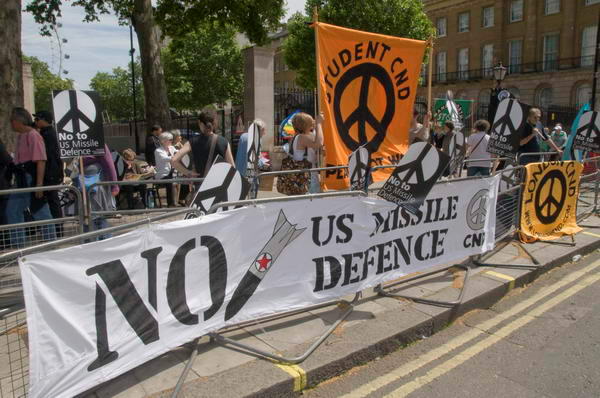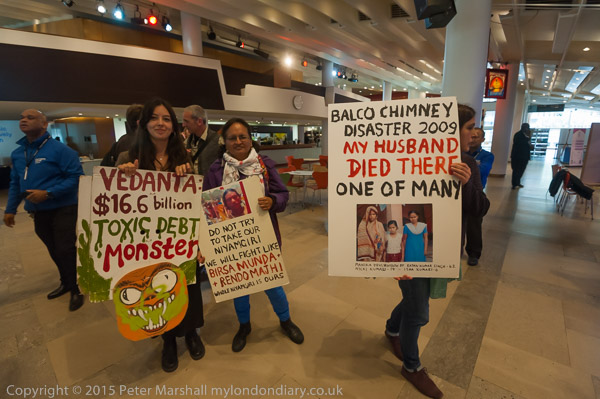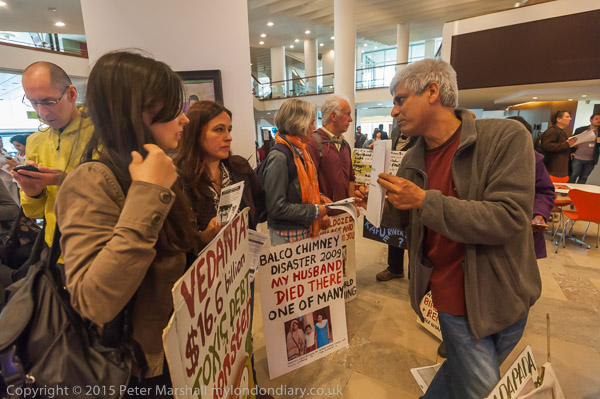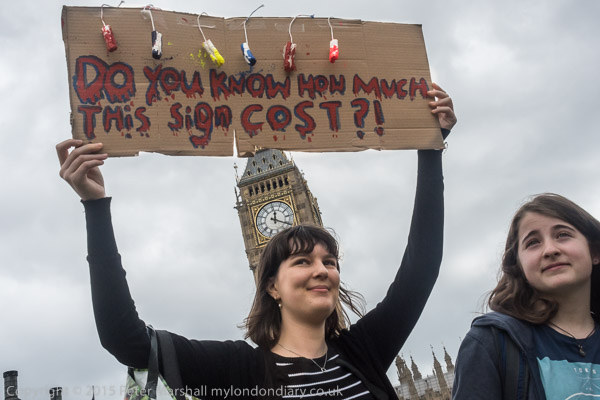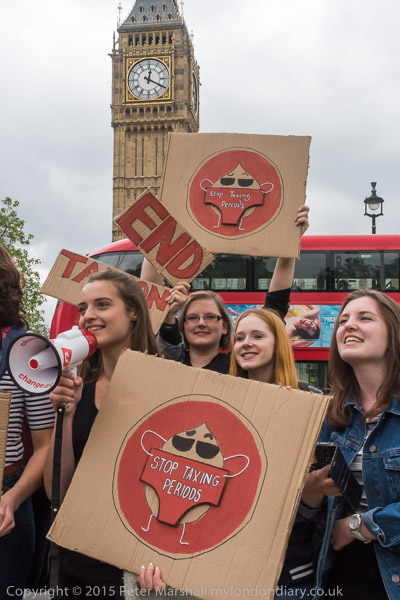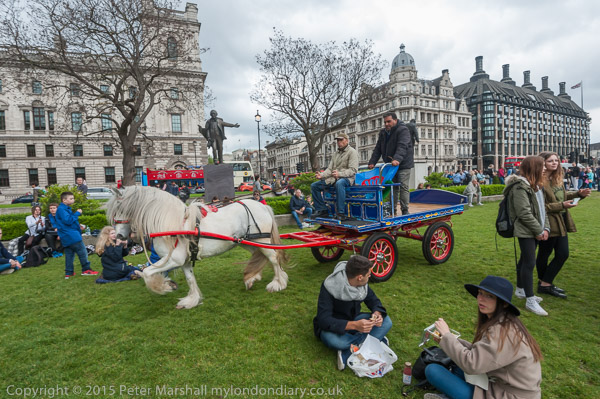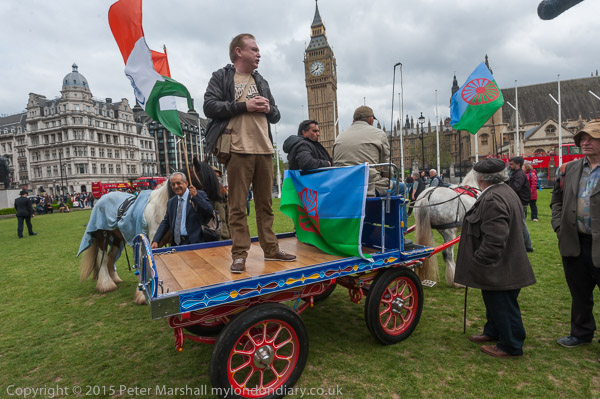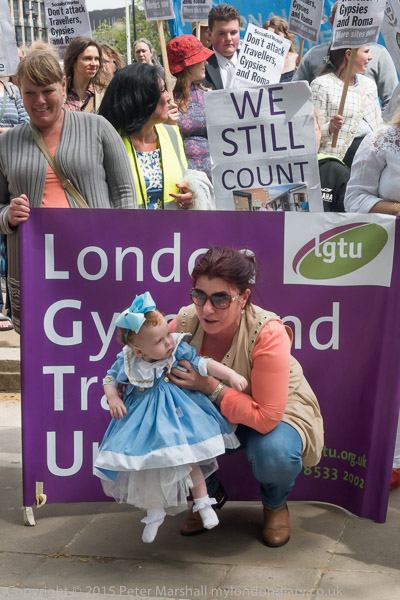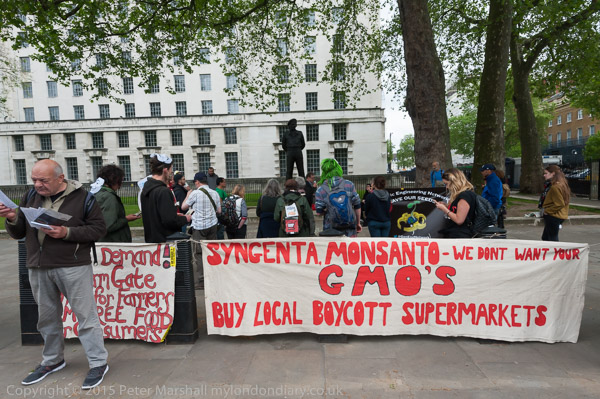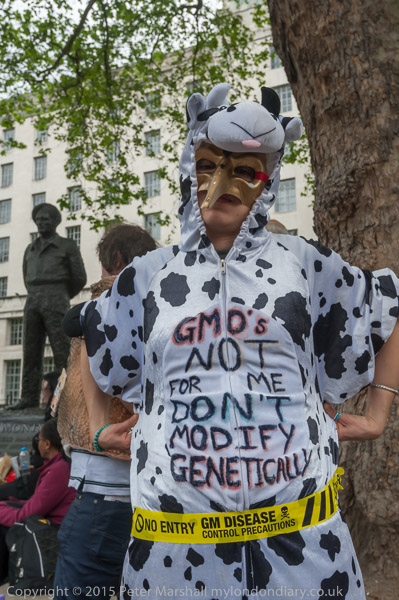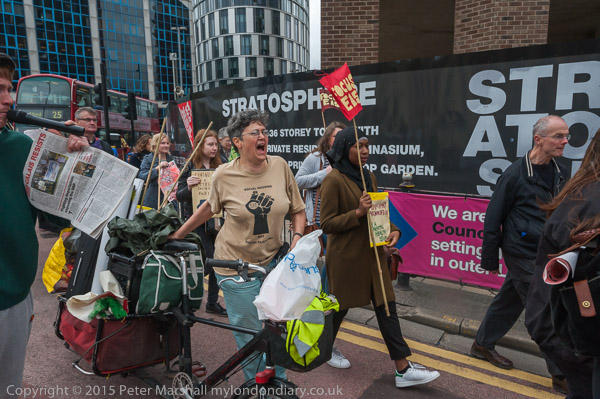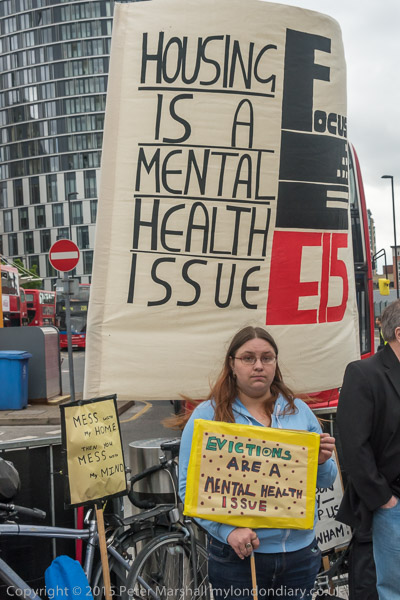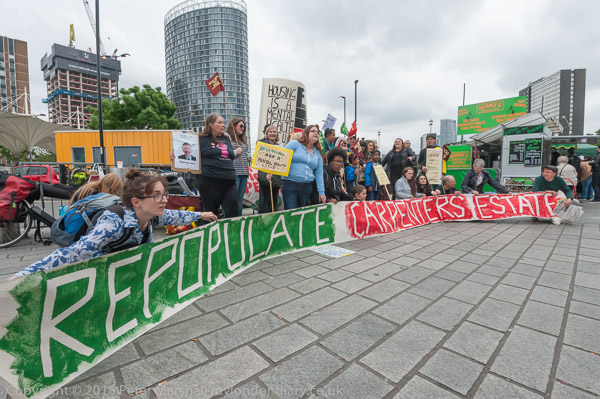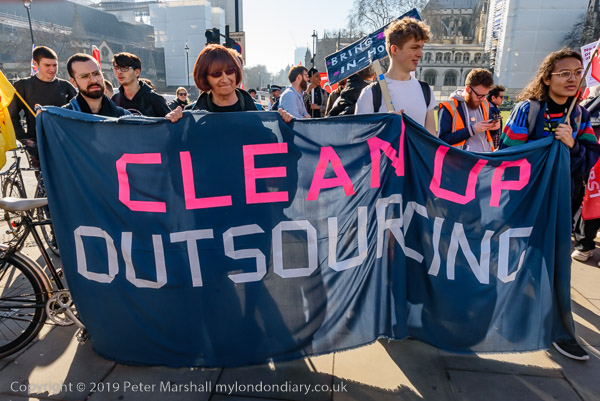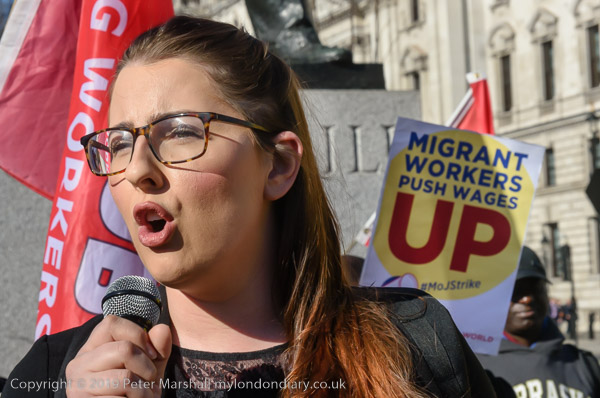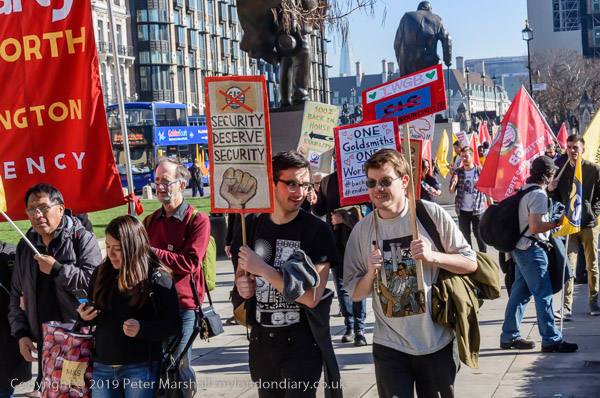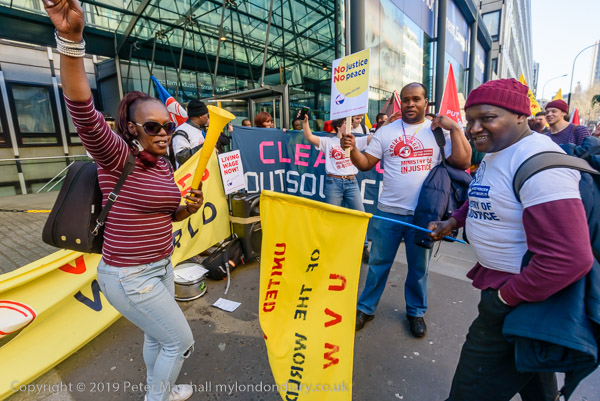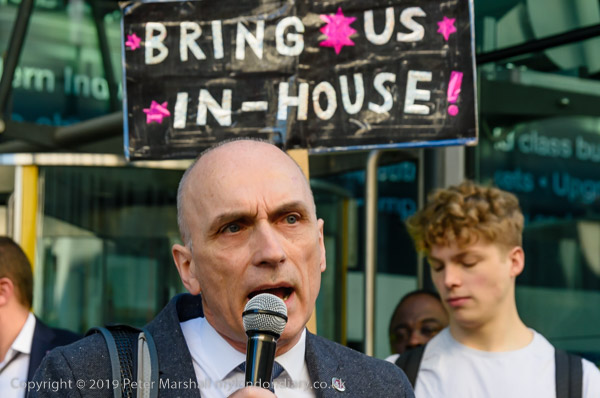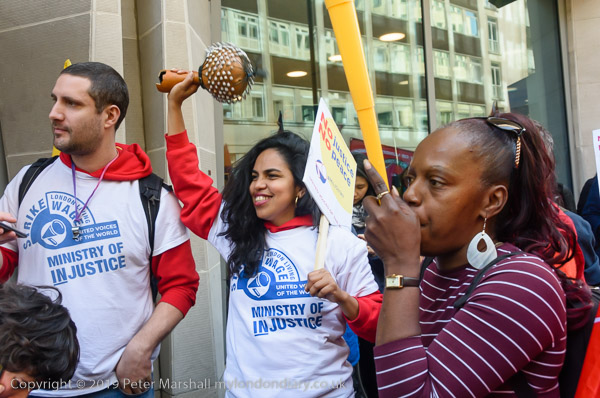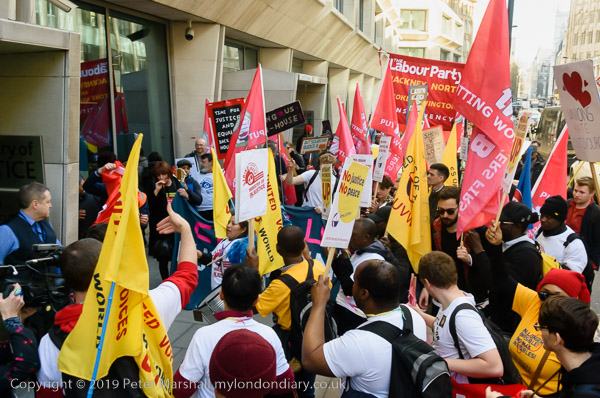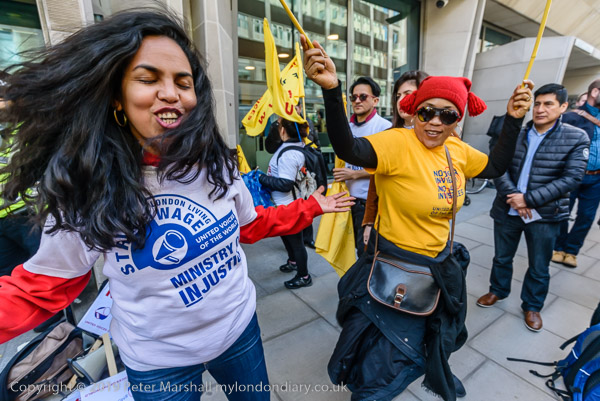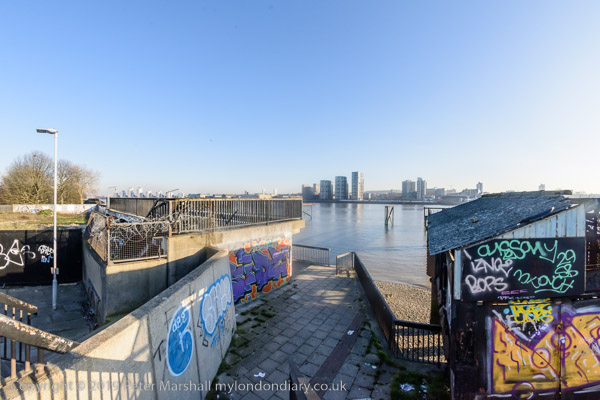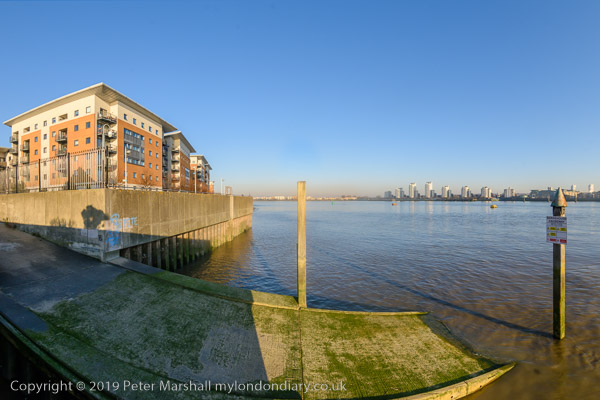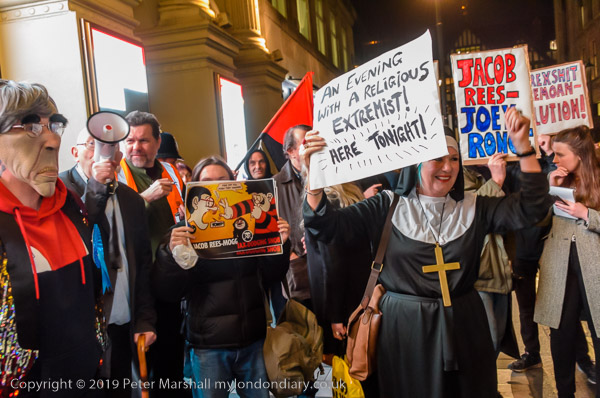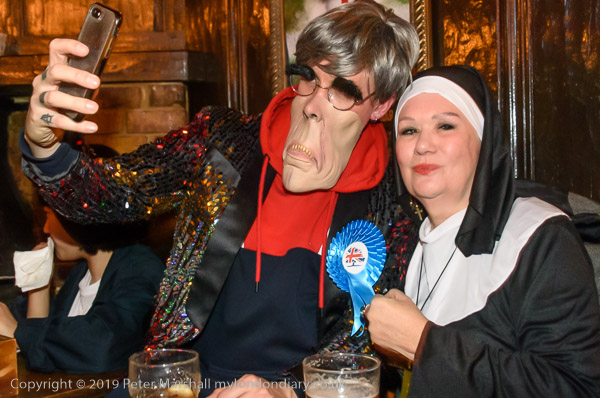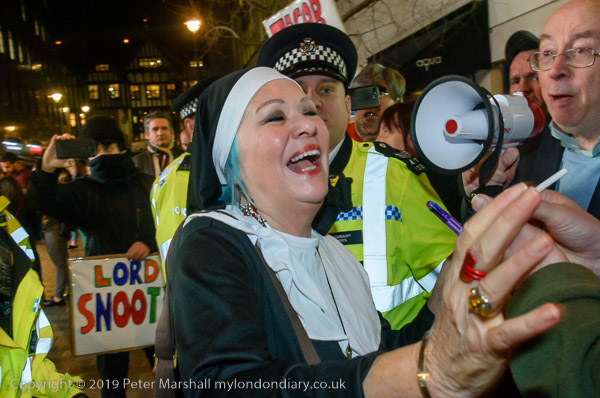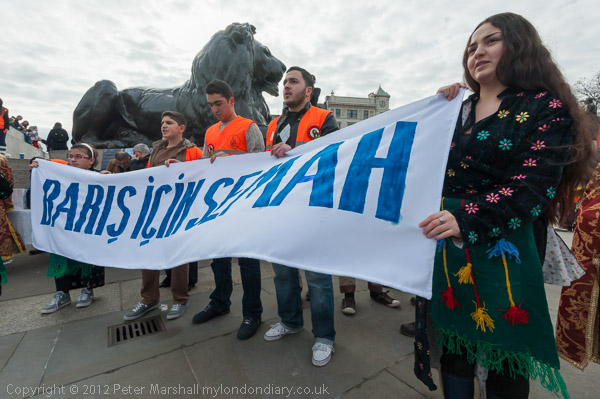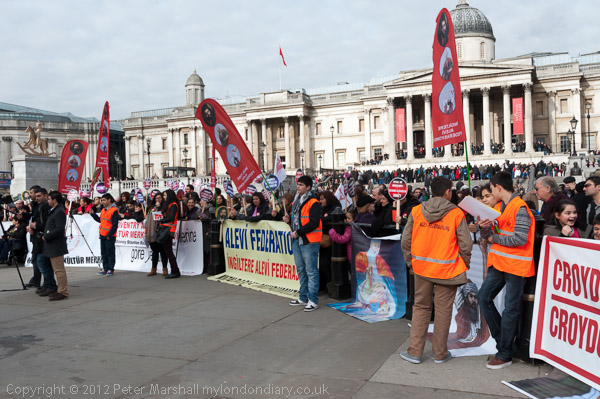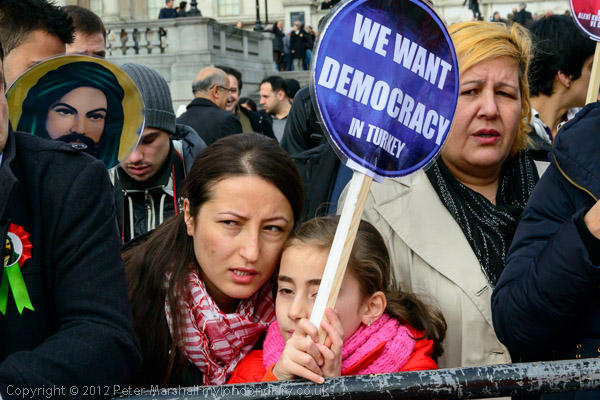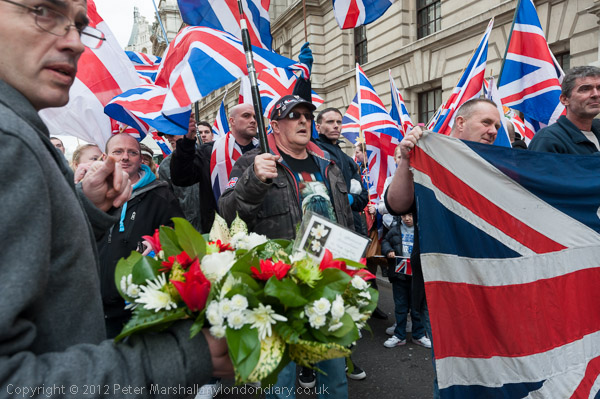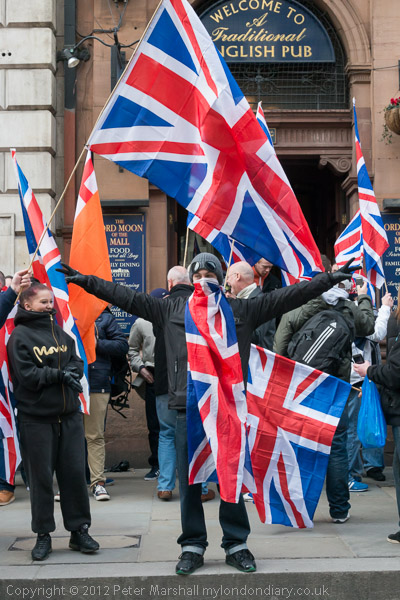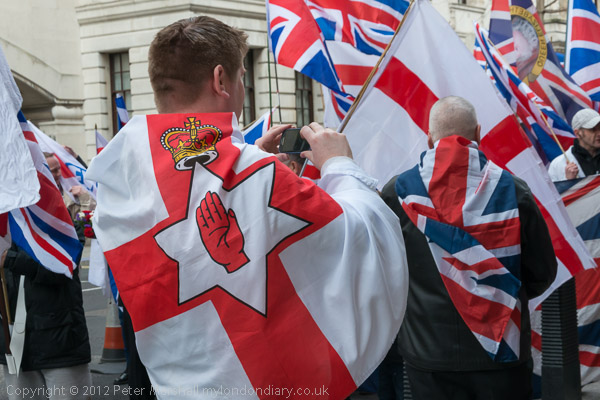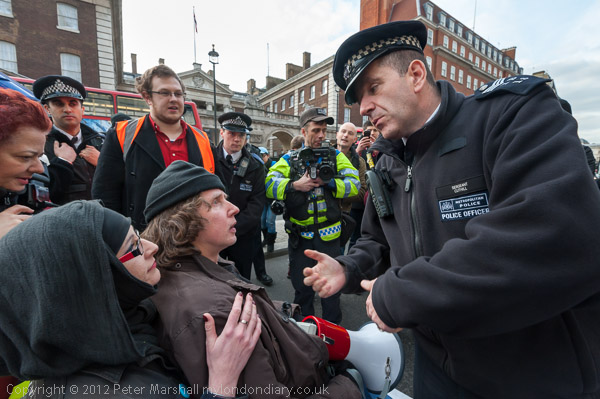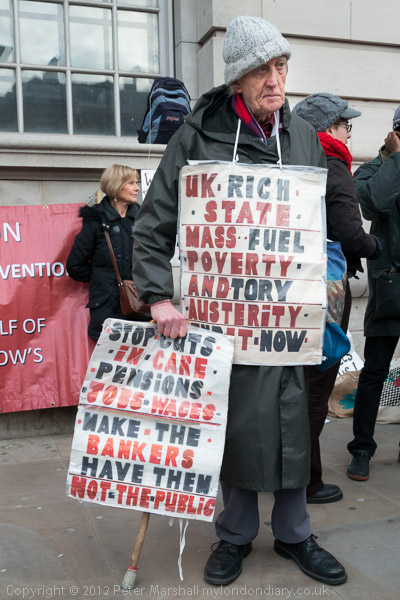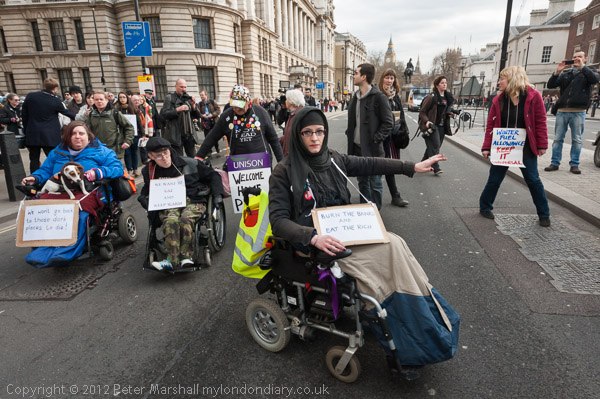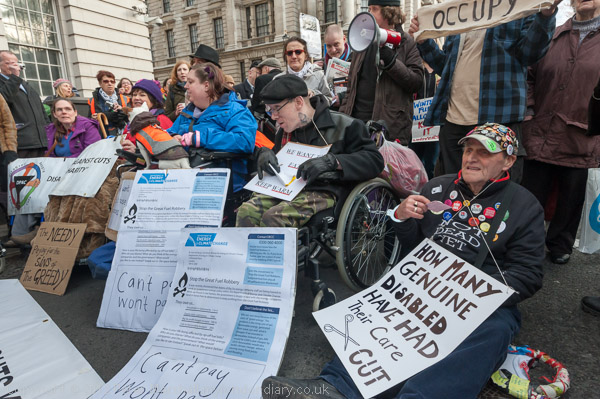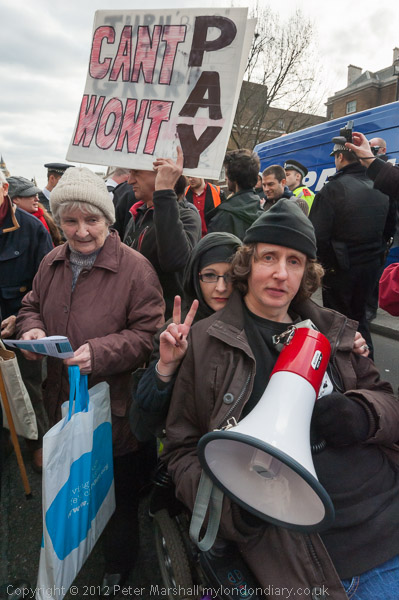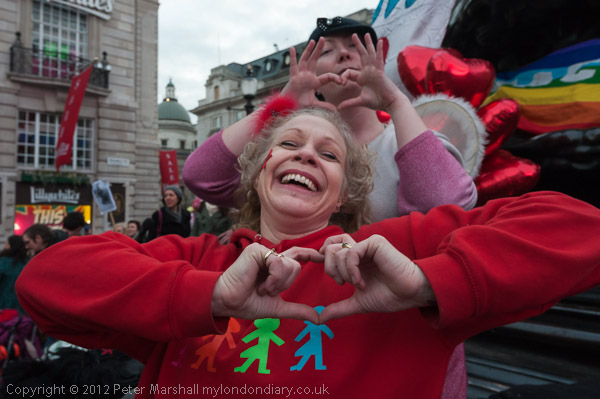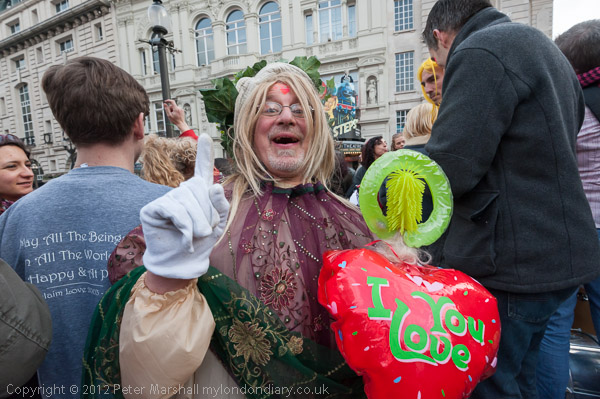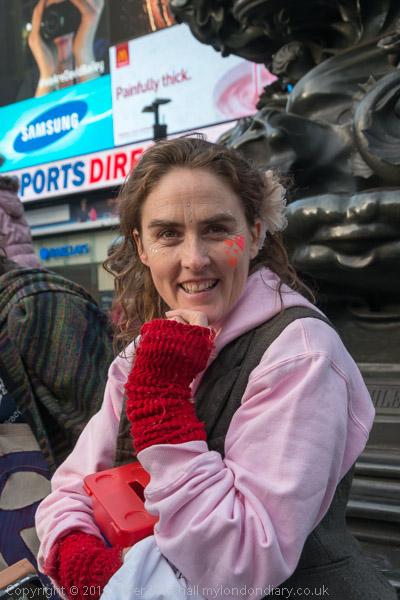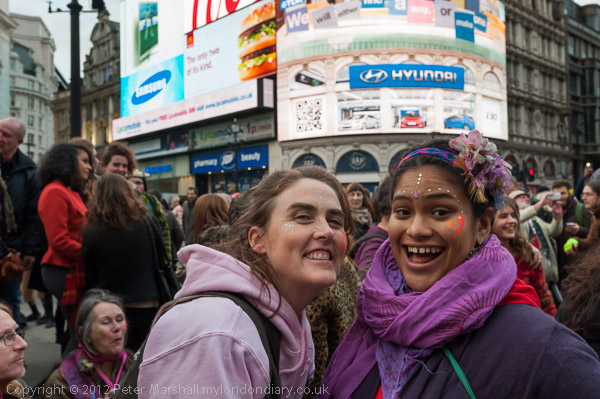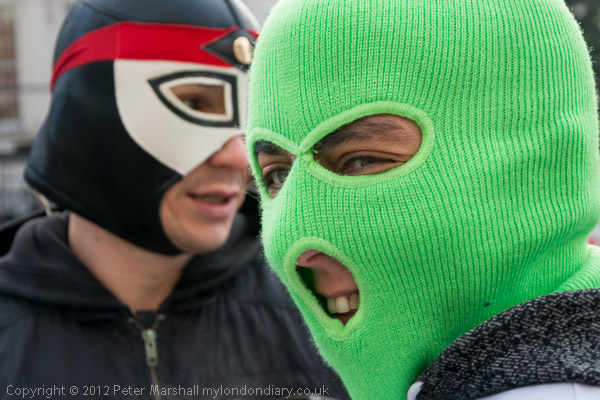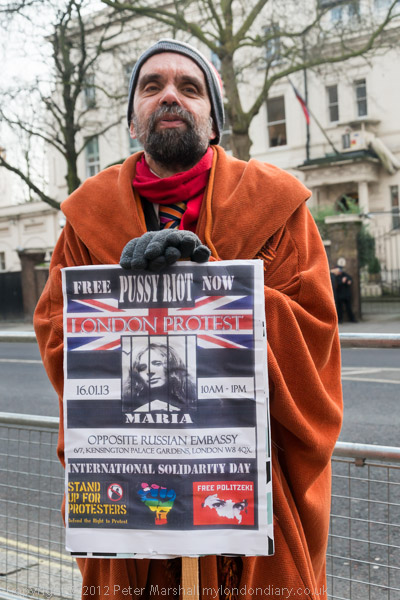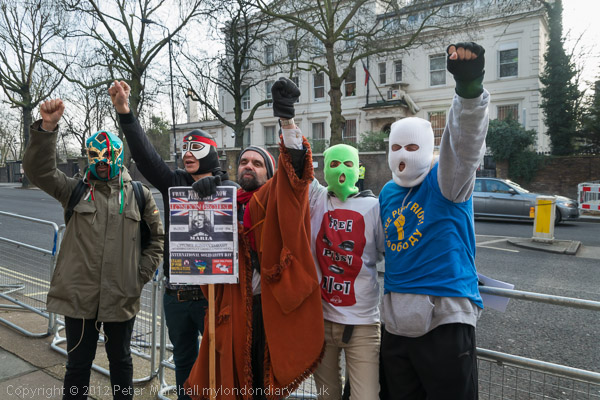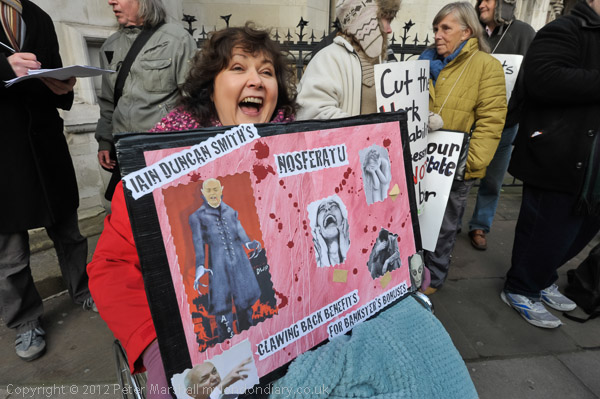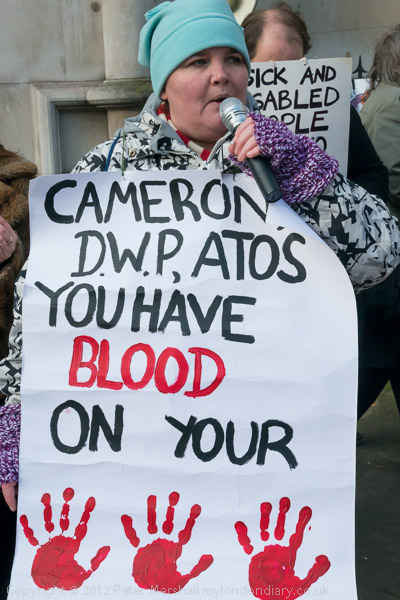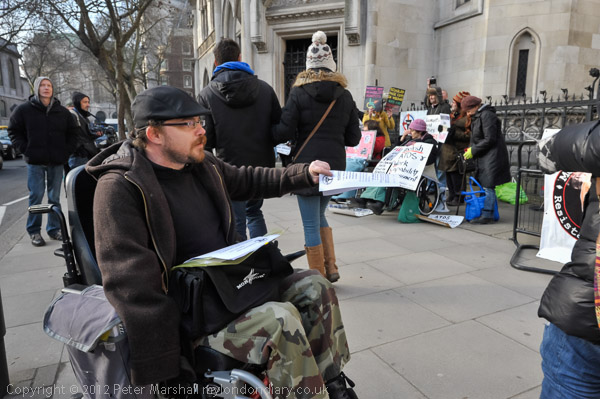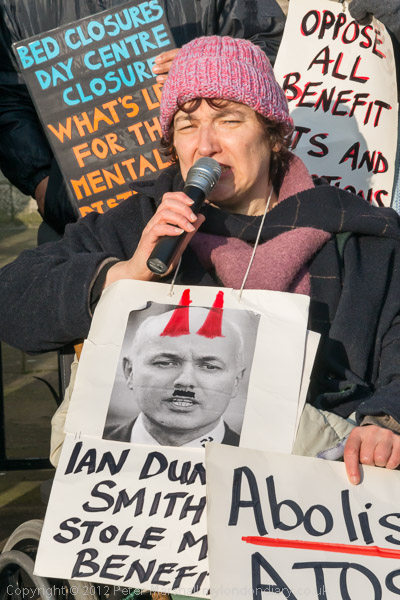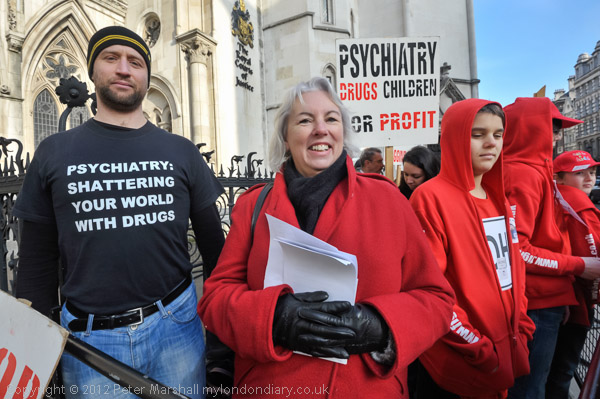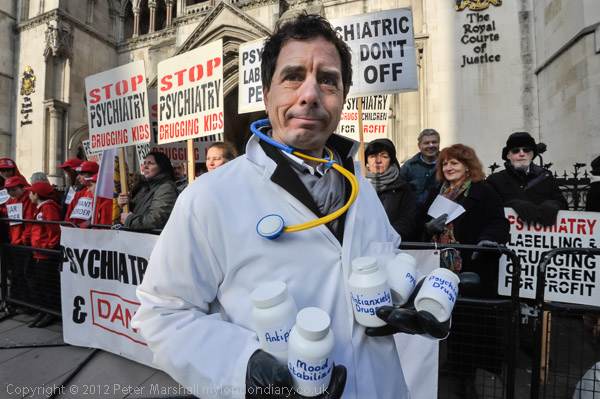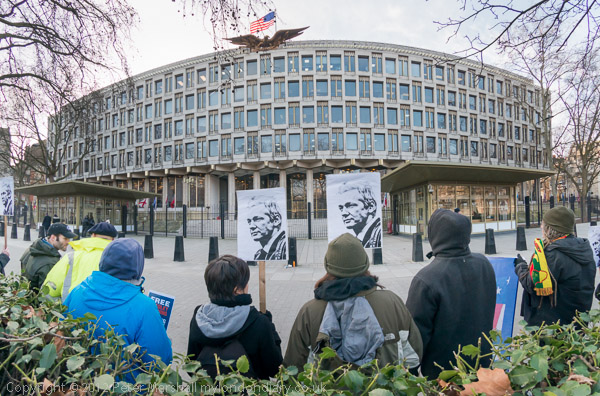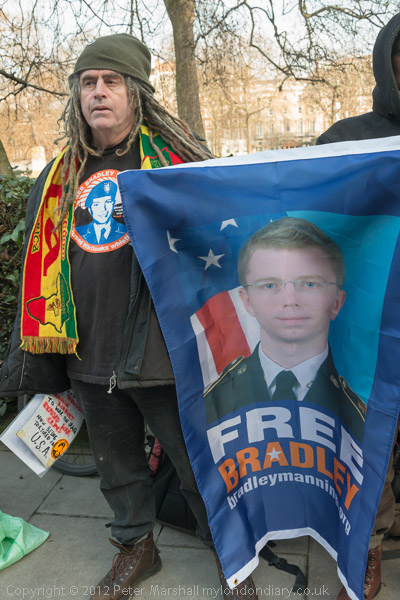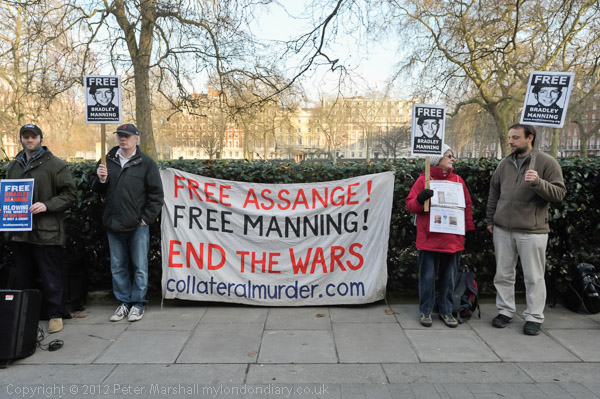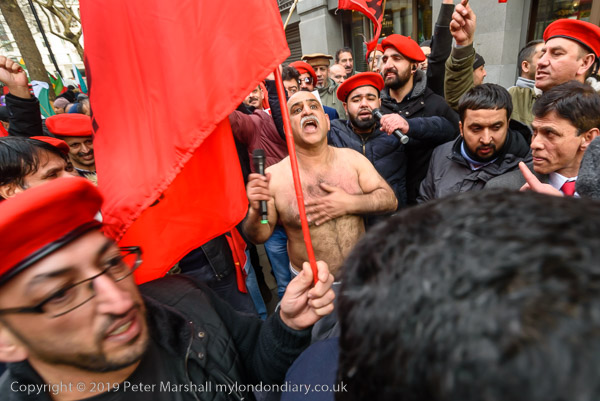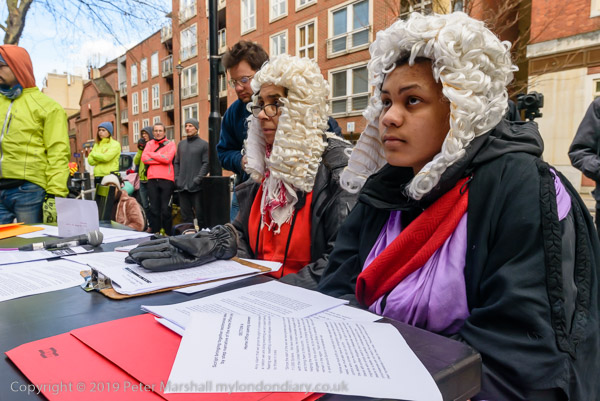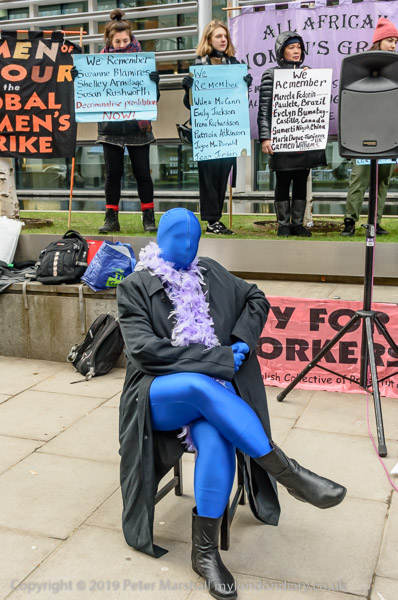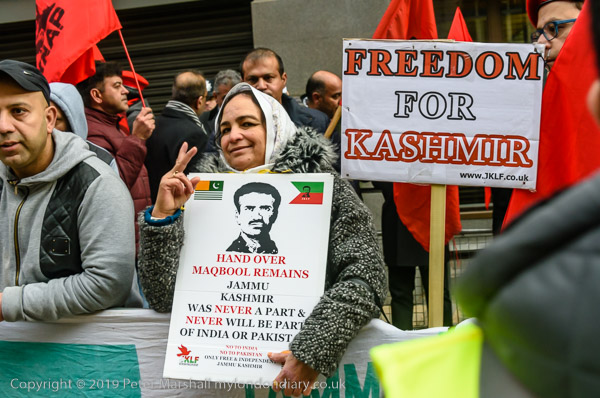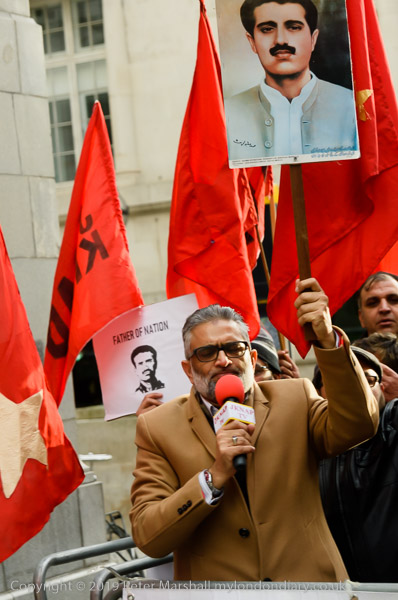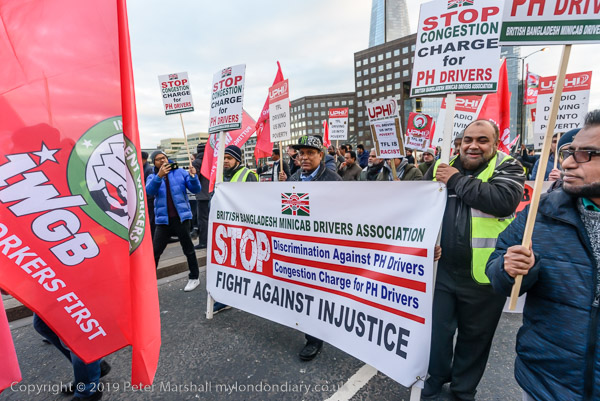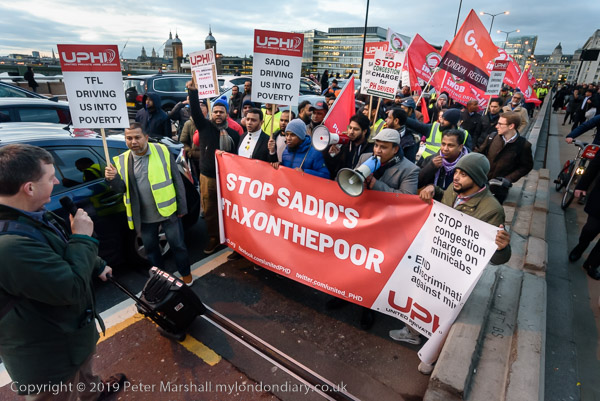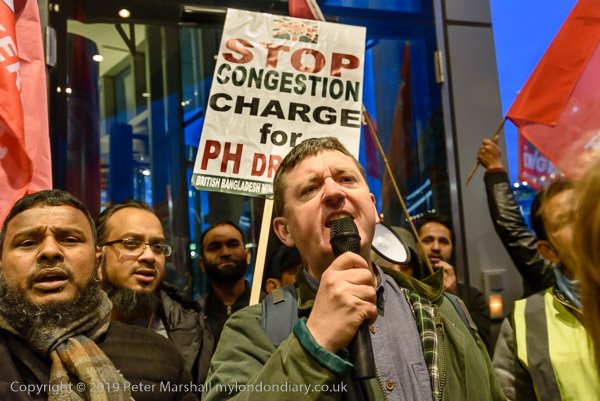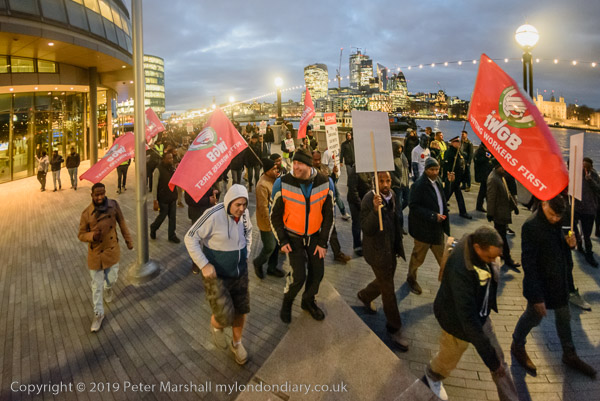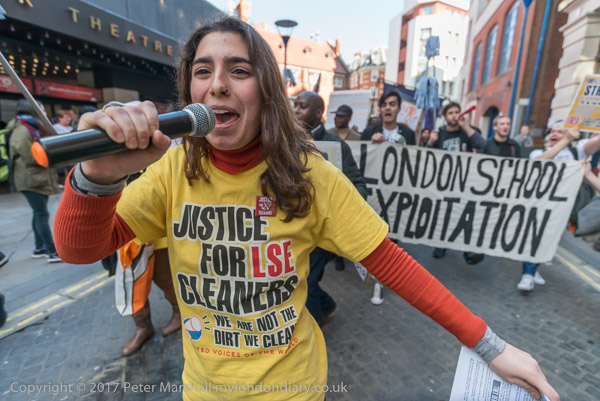
LSE Cleaners Protest, Police Arrest Lisa: On Wednesday 15th March 2017, students and supporters joined cleaners on the picket line at the London School of Economics for a lunchtime rally on the first day of the 2 day strike by members of United Voices of the World union.
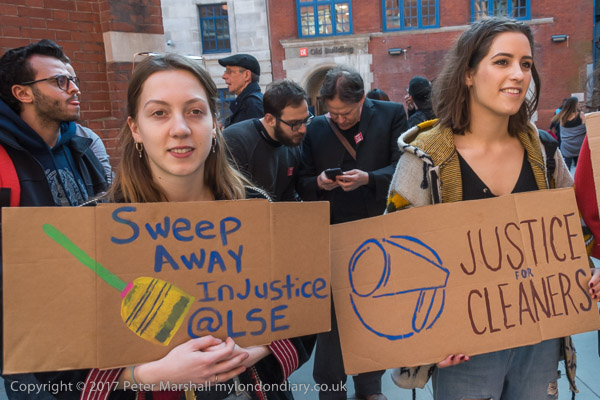
Cleaners at the LSE have felt let down by management at least since January 2012 when the contractor who the LSE had outsourced them to cut their hours and was bullying them into signing new contracts.
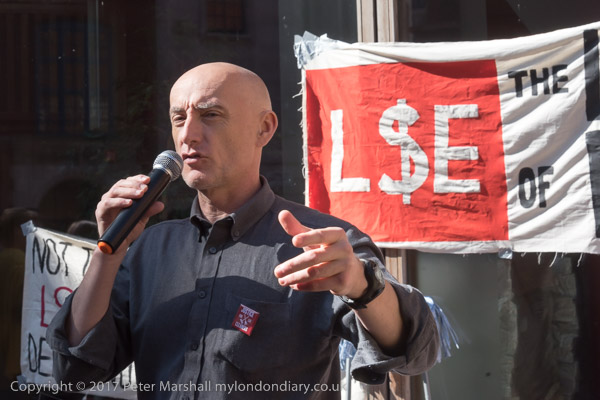
As I wrote back then, “Outsourcing – as doubtless research by the LSE will have shown – almost invariably leads to lower wages and poorer working conditions for the staff involved. And although the cuts and alleged bullying is being carried out by Resource Group, the responsibility for it must lie with the LSE who are responsible for the contract with them.”
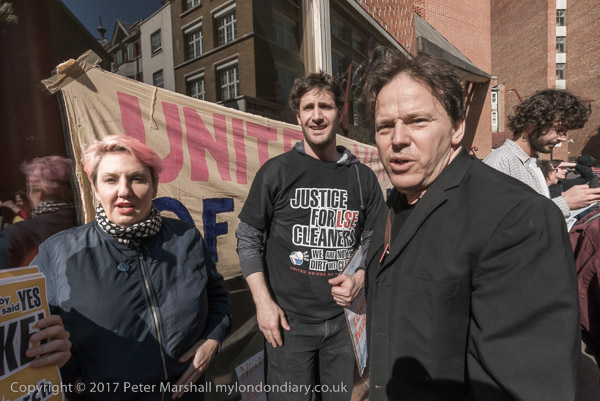
In September 2016 the cleaners with the United Voices of the World trade union launched a new campaign for parity of treatment with other workers at the university with a meeting which was a part of the LSE’s 3-day ‘Resist’ Festival organised by LSE research fellow Lisa McKenzie which had featured talks and debates often critical of the LSE, with contributions by LSE Professor of Anthropology David Graeber and Martin Wright of Class War and in particular a damning indictment by Simon Elmer of Architects for Social Housing (ASH) of a report by a group of LSE academics on the redevelopment of the Ferrier Estate, deliberately run-down, demonised and emptied by Greenwich Council from 1999 onwards, as Kidbrooke Village.
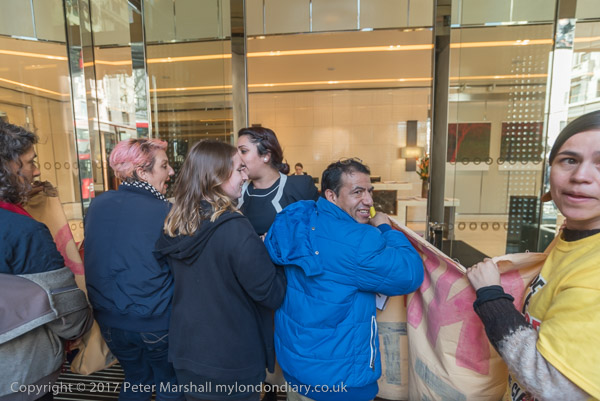
The protest on 15th March 2017 began with a rally on the LSE campus demanding equal sick pay, holidays and pensions etc to similar workers directly employed by the LSE and an end to bullying and discrimination by their employer Noonan.
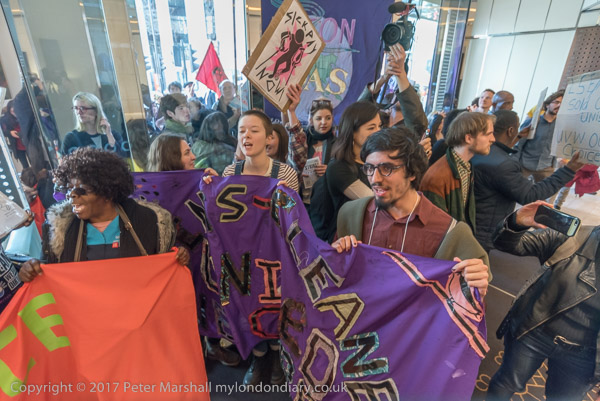
Grim Chip of Poetry on the Picket Line performed and there were several speeches by UVW members including LSE cleaner Mildred Simpson.
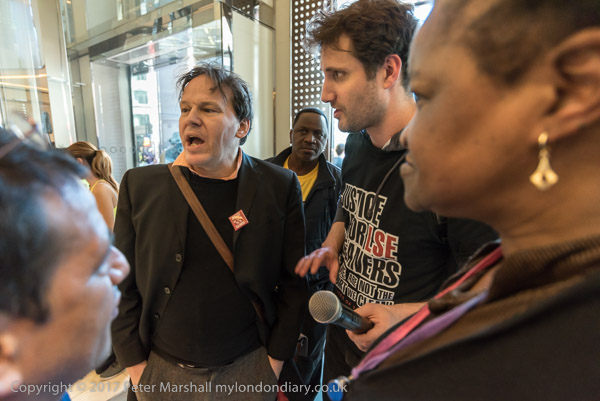
The protesters then marched the short distance across Kingsway to the LSE Estates Division where cleaning contractors Noonan have their LSE office. They walked in and occupied the foyer there for over and hour, only leaving after being promised that Allan Blair LSE Director of Facilities Management would talk with the cleaners union the United Voices of the World.
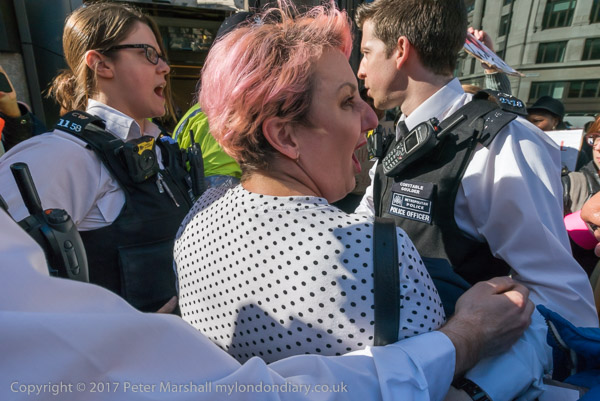
As they left the foyer, police jostled some of them before assaulting and arresting LSE academic Lisa McKenzie, charging her with assault and then bundling her into a waiting police van.
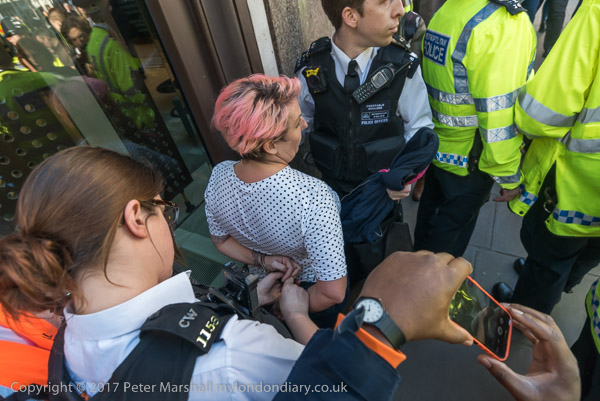
Apparently the receptionist at the estates office had complained that she had been assaulted by McKenzie as the four people holding the UVW banner pushed past her on their way into the office. I had been following close behind them and neither I nor the other protesters had seen any evidence of assault.
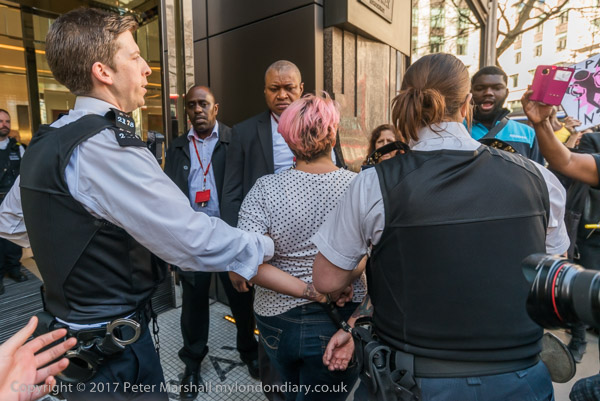
None of the other three holding the banner were arrested and it seemed fairly clear that the arrest was not for any offence. Perhaps the police were still aggrieved after a case against her when she was wrongly charged for three offences at a protest in Febnuary 2015 was thrown out of court. That had taken place at the time she was standing in the General Election against Iain Duncan Smith and was an arrest that appeared clearly politically motivated.
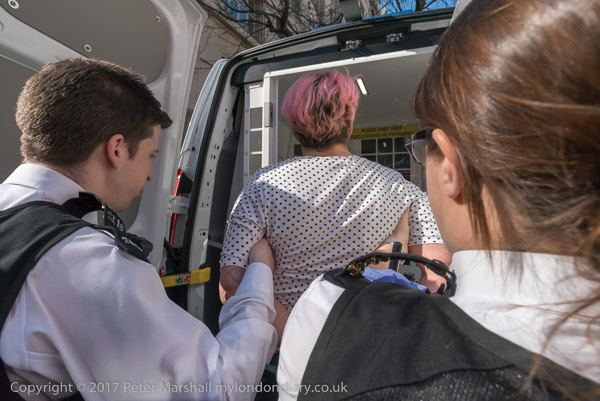
But on this occasion it could well have been that the LSE management had pointed her out as a trouble-maker. McKenzie, a working class academic and author of a highly acclaimed study of class and culture on the Nottingham estate where she lived for more than 20 years has been the a subject of constant criticism from others both inside the LSE and in the wider academic community, and when her contract there came to an end it was not renewed.
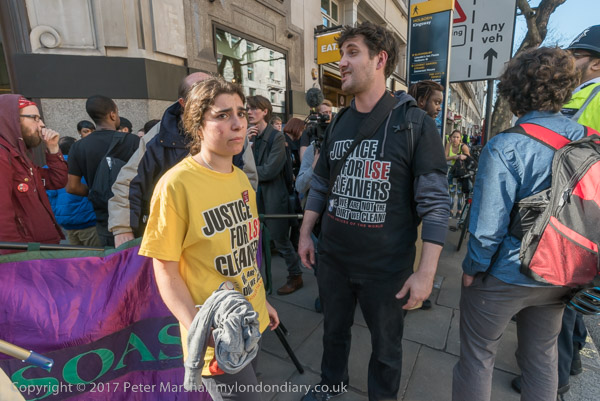
The protesters were left angry and confused. Why was Lisa being picked on? The protesters felt it must be politically motivated and it was difficult to see any other reason. I think she was later released without charge, possibly because there was CCTV evidence that showed there was no case to answer.
More on My London Diary:
Police arrest Lisa again
LSE cleaners strike and protest
